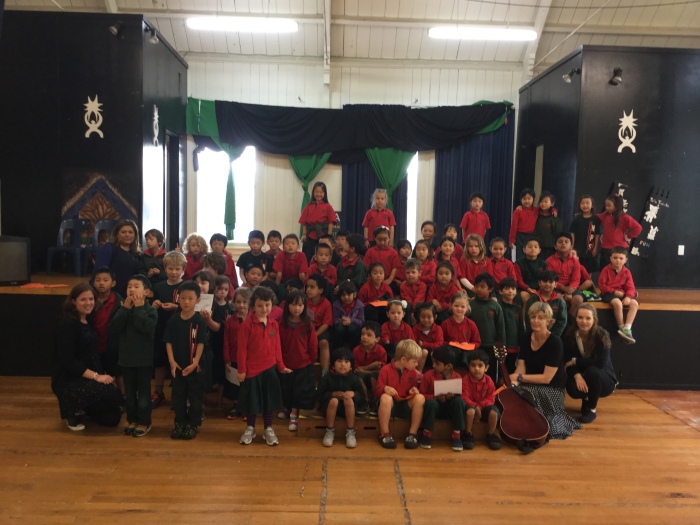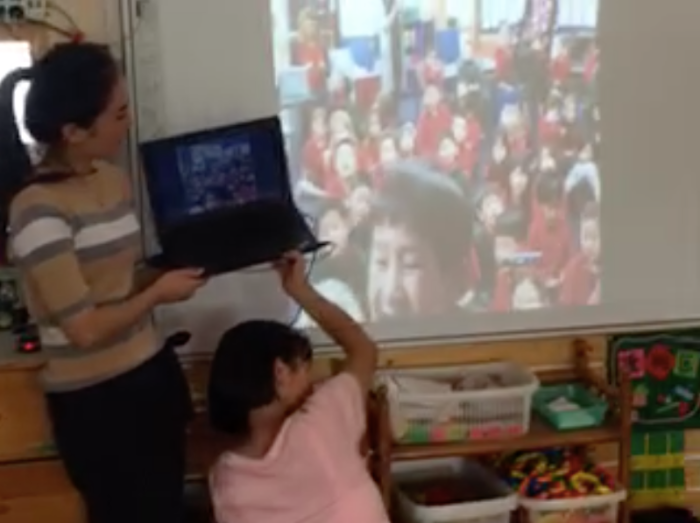
Collaboration: “Kia ngātahi te waihoe” – translated this means rowing together in unison.
This reflection is timely for me as I have been mulling over collaboration in my head for several weeks because we have begun the shift over into our new building. With the physical shift also comes the mental shift. As a school we always address challenges as they surface and develop systems to minimise impact as it happens.
Last week I watched the upheaval in the known as physically furniture and teacher treasures were wheeled between the old space and the new space and wondered about the stress that develops with the unknown.
Maori have a word ‘whanungatanga’. Put simply whanaungatanga is about respectful relationships and at the same time whanaungatanga is much more than that. As we shift let us be mindful of not just our students but also our teachers. I have shared before about relationships and its importance to collaboration. At the heart of our learning environments we must go beyond the physical space of what we see and focus on the ‘who’ inside.
Recently I was reminded of learning spaces in the new building and how different it looks and the focus of the ‘who’ by one of our students who created a short introduction to our spaces. She said, ‘The space comes to life when the people are inside’. From her narrated video I was reminded about manaakitanga which flows from whanaungatanga and is one of reciprocal care. Manaakitanga is about the care we give to people around us. I stress here that my translations of the Maori words do not do justice to their true meaning but by highlighting them helps us understand the meaning and the strength in their terms. So during the upheaval of shifting, are we practicing manaakitanga and ensuring that we look after each other to minimise the stress of shifting? Yes shifting has to be done. Yes things have to change. Yes some things are non negotiable. And let us keep manaakitanga at the core of what we do.
Keri Facer (2011) talks about ‘Gently rowing into the unknowable future, looking at all the possibilities floating out behind us from our actions in the present.’ I give shout out for my old friend Zita Martel. Zita has a matai title Vaimasenuu and is known for being the first woman to lead a fautasi to victory. I often see her image online pushing from the front as captain. In Samoa the fautasi rows backwards. Zita standing on her fautasi guiding her team of rowers is the perfect analogy for Keri’s quote.
Wairuatanga is the principle of integration that hold all things together over time. It is more than being spiritual. I liken wairuatanga to the space between the nodes. The unseen. For example the fish does not see the ocean that it swims in. The space between the nodes can be termed hyperconnectivity or the unseen.
Finally when I think about collaboration. I am reminded of a quote from Chris Lehman who stated that ‘ Its no longer enough to do powerful work if no one sees it’ in Couros, G. (2016). With this is I think about the ultimate of collaboration, visible co-creation. So show me collaboration. Show me how you have co-constructed learning with your colleagues. Show me how you are reflecting on your journey. Show me your videos, blog posts, articles, presentations. Show me examples of how you work in your learning environments. If the link is locked and I cannot see it, then what you have done does not exist. Evidence speaks stronger than words.
So as we continue forward with our shift into our new block, let us practise whanaungatanga, manaakitanga, wairuatanga. Let us reflect on where we have been and use this as a guide to where we are going. Let us find ways of sharing our learning journey and include both the highlights and the challenges.
We are not there yet. The wairuatanga is still turbulent and like a boat on rough waters we know we will eventually come back to calm waters. Meanwhile let us row together in unison.
Reference
Couros, G. (2016). “11 Books To Further an #InnovatorsMindset.” The Principal of Change, 24 July 2016, georgecouros.ca/blog/archives/6522.
Facer, K. (2011). Learning futures: Education, technology and social change. London and New York: Routledge
















